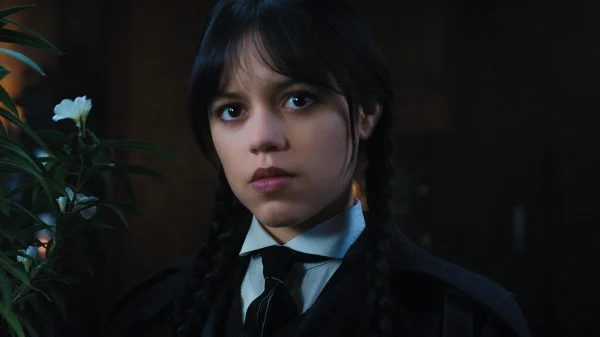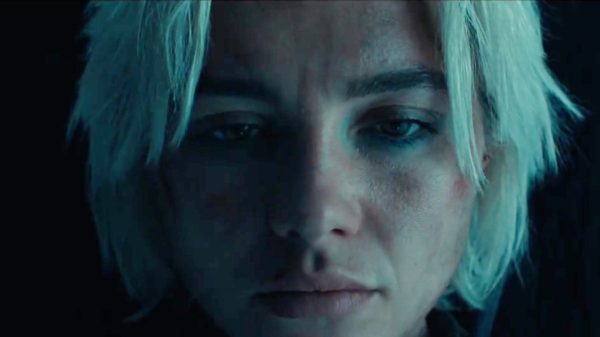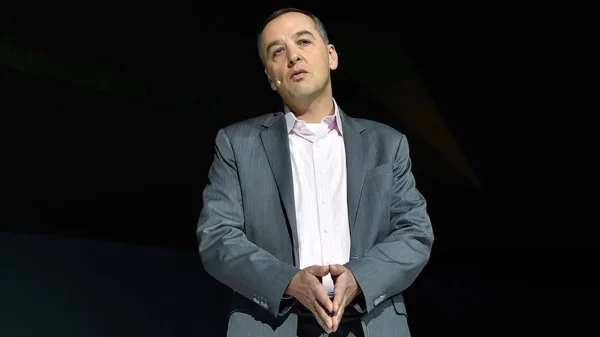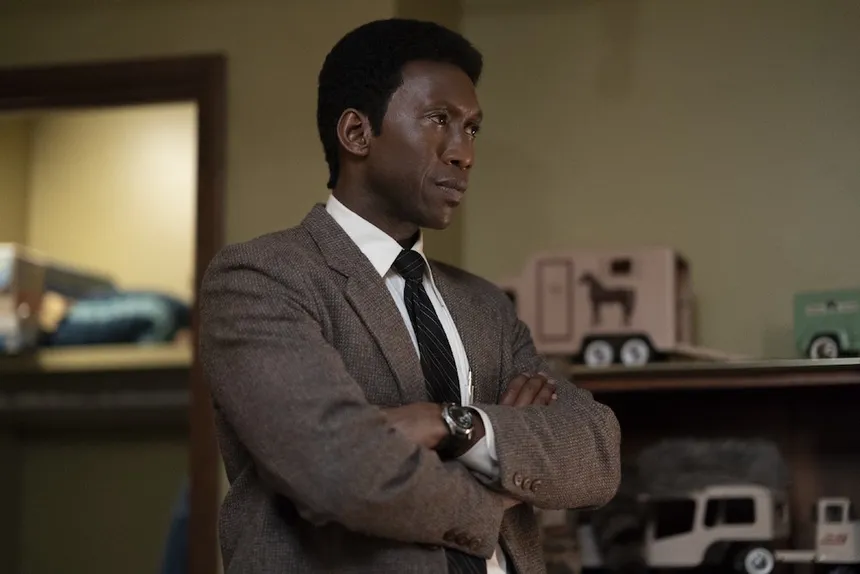True Detective’s third season stands out for its emotional depth and Mahershala Ali’s outstanding portrayal of Wayne Hays. Ali’s performance earned widespread acclaim and numerous award nominations. The season’s strength lies in its ability to showcase Hays’s growth, decay, and ultimate resolution through Ali’s depiction of him at three different stages of his life, separated by decades.
The season is a masterclass in building a sense of unease and uncertainty, as the disappearance of the Purcell children and the subsequent investigation become a desperate search for answers among the dead. The theme of ghostly presences is intricately woven throughout, with every character connected to the case meeting a tragic end, leaving Julie as the sole survivor. The season’s ghostly motif culminates in a literal sense when Amelia discovers a photo of the children trick-or-treating in 1980, adding to the sense of surrealism and mystery.
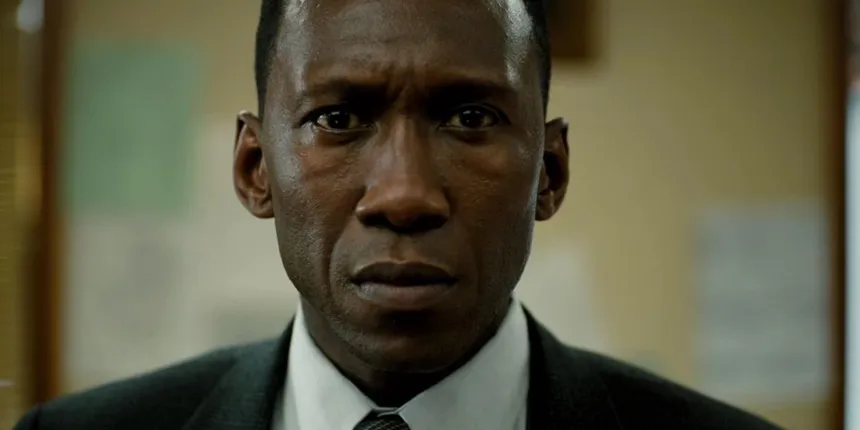
A Still From The True Detective (Via IMDB)
As the season finale unfolds, Hays and Amelia can only find happiness by abandoning their ghostly pursuits. Hays is haunted by visions of his wife urging him to complete the investigation they began years prior, and his growing unease is fueled by the appearance of a mysterious car outside his house. Without Amelia, and struggling with his ailing mind, Hays returns to his haunted state.
The season’s conclusion is a poignant exploration of the human psyche, evoking a range of emotions in viewers. Hays finally solves the case, but his memories are shrouded in darkness. Julie is safe and content, yet the scars of her ordeal remain unspoken. Surrounded by loved ones, Hays’s mind drifts back to the past, forever haunted by the memories that linger within him. The season’s denouement is a poignant encapsulation of the story, leaving viewers with a sense of closure and introspection.

